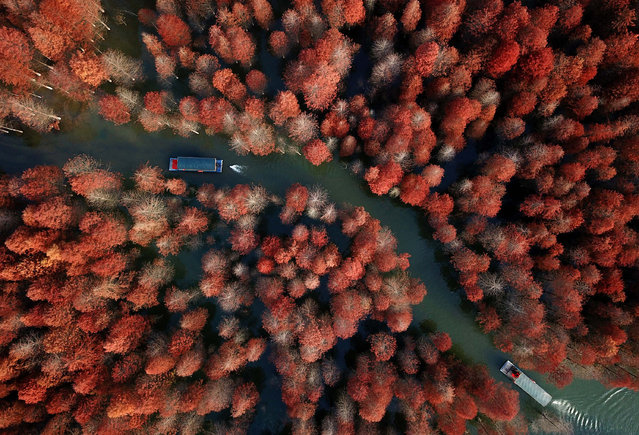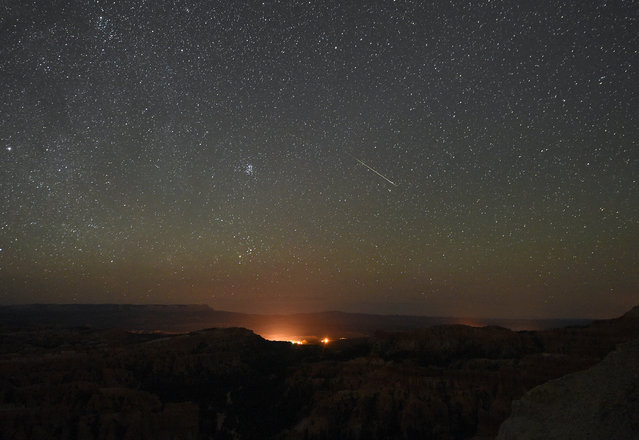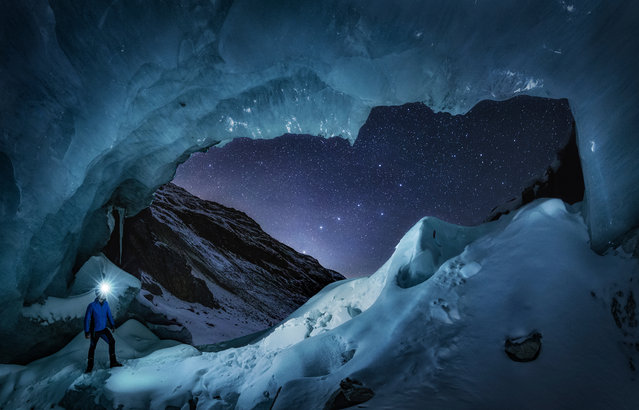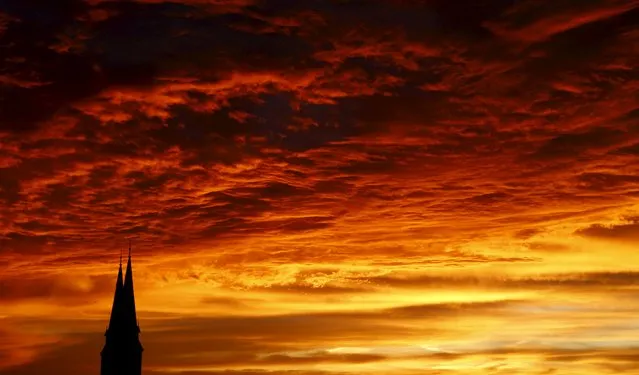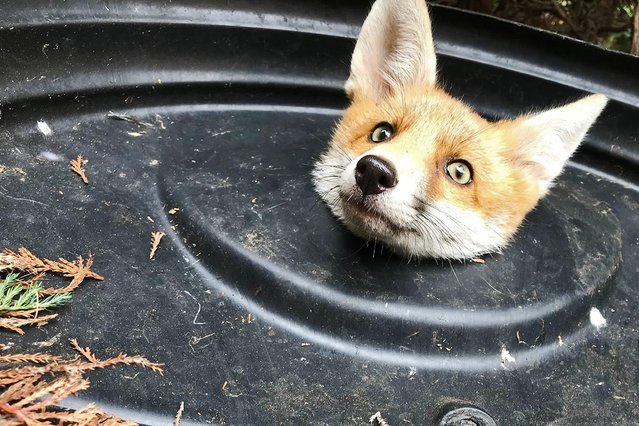
Pakistan girls make selfies holding a Pakistan-made weapon displayed at the four-day International Defence Exhibition and Seminar (IDEAS) 2016 in Karachi, Pakistan, Wednesday, November 23, 2016. (Photo by Shakil Adil/AP Photo)
05 Dec 2016 11:50:00,post received
0 comments


